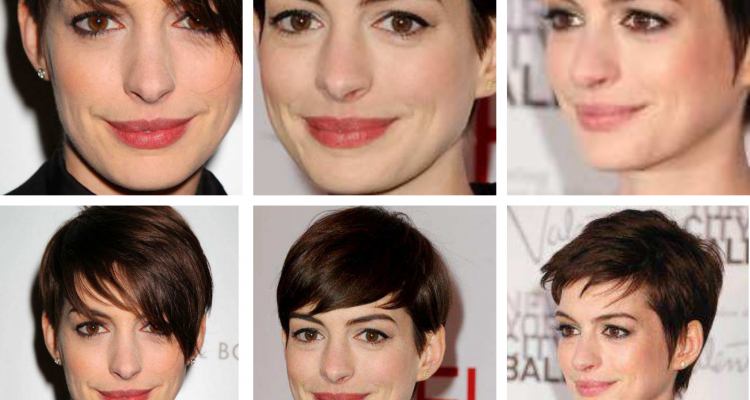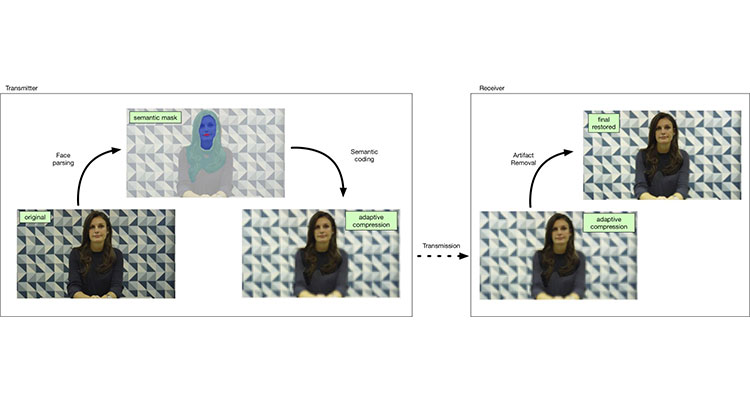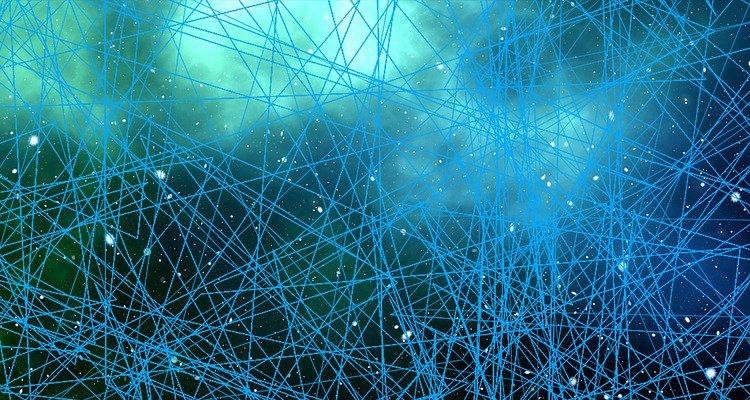Details
Deep learning based approaches proved to be dramatically effective to address many computer vision applications, including “face recognition in the wild”. It has been extensively demonstrated that methods exploiting Deep Convolutional Neural Networks (DCNN) are powerful enough to overcome to a great extent many problems that negatively affected computer vision algorithms based on hand-crafted features.
These problems include variations in illumination, pose, expression and occlusion, to mention some. The DCNNs excellent discriminative power comes from the fact that they learn low- and high-level representations directly from the raw image data.
Considering this, it can be assumed that the performance of a DCNN are influenced by the characteristics of the raw image data that are fed to the network.
In this work, we evaluate the effect of different bounding box dimensions, alignment, positioning and data source on face recognition using DCNNs, and present a thorough evaluation on two well known, public DCNN architectures.




